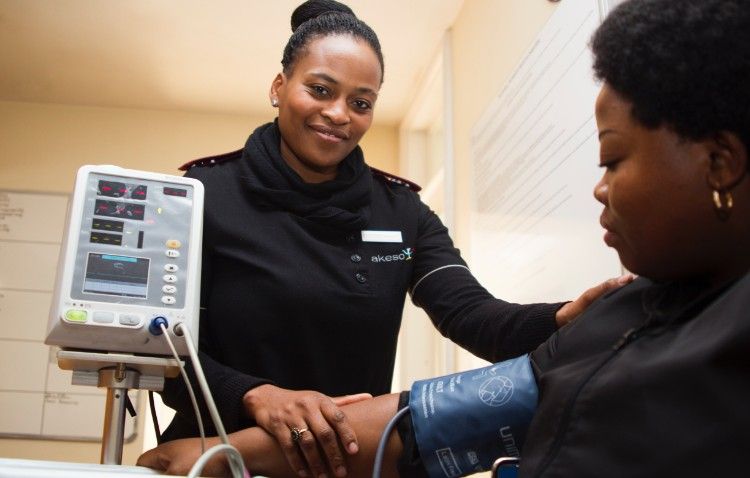
What’s at stake when doctors favor shared medical appointments?
Across the country, doctor’s offices are responding to the effects of burnout and limited time by offering shared medical appointments. Many doctors who facilitate these appointments believe it will solve the physician shortage we are experiencing in America, which is worsening as a result of increased healthcare insurance enrollment. Shared medical appointments are unique in that they are a combination of support groups and group therapy.
A more efficient way to use already limited time
Some doctors are advocating for shared medical appointments because they believe it is a more efficient way to use their time, which is already very limited.
“Rather than repeating the same advice about lowering blood pressure, or keeping glucose levels in check to eight patients individually, shared appointments allow physicians to see up to a dozen patients with similar symptoms at a time.”
Typical shared medical appointments consist of 10-15 individuals, who meet together in an open forum setting, for up to 90 minutes at a time. This is in contrast to the traditional appointment, where patients spend between 15-30 minutes with a nurse and provider collectively.
No additional financial burdens of implementing group-style appointments
Many think these appointments would be more costly based on the simple fact that patients spend more time with a provider. However, health insurers treat shared medical appointments just the same as traditional doctor’s appointments for an individual.
Shared medical appointments are not new; when they first were studied in 2005, the percentage of practices offering these unique appointments doubled within five years. The popularity of these appointments has been due in large part to costs remaining unaffected.
Patient’s privacy is no longer private
As more individuals are eligible for health insurance, providers are undoubtedly going to be feeling more strained; hence why shared medical appointments are relevant to improving America’s healthcare system, right now.
However, these appointments are not for everyone.
Non-believers in this model feel it is an inadequate solution. Some already avoid doctor’s offices because of embarrassment and shame; they most definitely will not share their personal problems in front of a group.
This is a legitimate concern; a patient’s private information, concerning their health, is now being made public to a group of strangers. Depending on the practice, exam rooms may be available for individualized care, as needed.
On the other hand, believers in this model feel they gain in-depth information and are assured about their health or are motivated to act because of hearing another person’s experience.
Bruce Moore, a teacher in the Ohio prison system who gets his annual physical with six other men at the Cleveland Clinic says, “When I see my stats up there on the board during group, they are my responsibility. I have to look at them and say what am I doing right and what am I doing wrong.”